Hubspot publishes every year ‘The State of Inbound’ report and it is full of fascinating insights, statistics and findings, but just in case you don’t have time to read it yourself, here are the top takeaways in easily digestible summaries. Not only is this a real time saver but we’ve also unearthed what these insights mean for the event industry – and how you can use them to your advantage.
1. Budgeting
As a marketer, you’ll be well aware that the size of your budget depends on and relates to so many different factors it can seem impossible to ensure all of them lead to an increase – but it is achievable. Factors such as the economy, a change in management and a past failure with inbound marketing typically led to a lower inbound budget being granted – however demonstrating success with inbound accessed significantly higher sums of budget.
What this means for events:
If you need more money in your inbound marketing pot make it happen first, and then make the case for it! Start your own blog relating to the topic of your conference or build a proof of concept campaign and show clearly how that positively impacted your conversion rate and ultimately the number of delegates you generated. Then you’ll be in a position to demand more spend for your content strategy, which will only lead to increasing figures on both counts. If you want to make it even more convincing, build your case by driving leads not for delegate/attendee sales but for sponsorship sales.
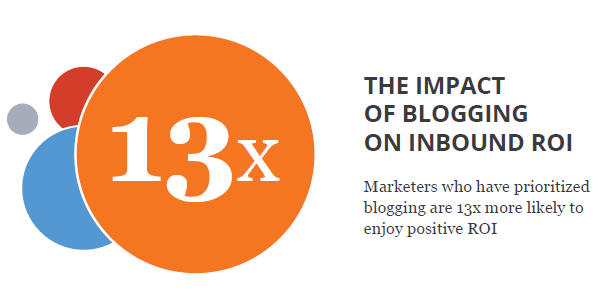
2. Planning
To build an inbound marketing program you must have a plan. You’ve got a limited budget and amount of time, so spend both wisely. If you’re implementing an inbound methodology, work out what other departments should be included if they are not already practising the inbound approach. You will also need to gauge where the majority of your leads currently come from, and build on those avenues.
What this means for events:
Make sure you are completely aligned in how you will tackle your next event(s), and that your strategy is watertight. Your event director or event producer is your biggest ally. Even if you can’t take on all aspects of the methodology in the run-up to your first event, start with the priorities (based on where you usually generate the most leads and attendees), and roll-out the full campaign in good time. This might mean that you test an inbound tactic among your traditional event marketing tactics, take your time and if this means you need to refine that small piece for your next event, then do so. The last thing you want is think of a full inbound roll out without having the quick wins in your pocket. Bear in mind building this case can take various small attempts until you literally "crack it".
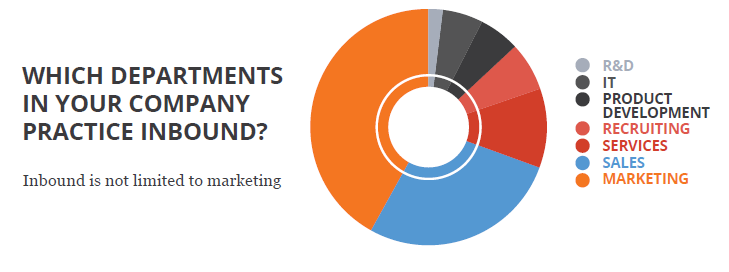
3. Execution
When it comes to putting the plans in action, it can be disappointing not to see an immediate improvement in your marketing performance. What many inbound marketing novices don’t realise is that inbound marketing is a marathon, not a race and this is simply an indication that you need to optimise, and keep on top of your strategy. An inbound marketing program should be constantly evolving as you discover where your leads truly are, and make the most of those channels – and you can see in the chart below the difference.
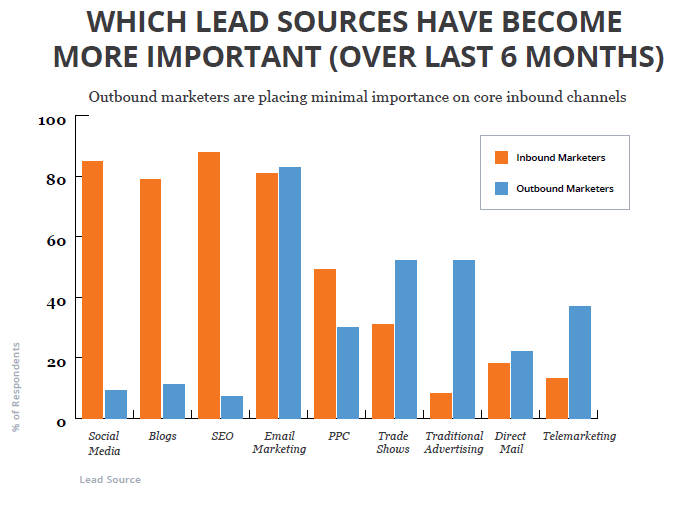
What this means for events:
Initially your inbound approach will be about finding leads – not simply marketing better to the ones you already know about. More specifically not blasting your database again and again. You should be trying and testing new channels – and in the events industry social media and SEO is an untapped resource. You’ll never find those new delegates if you don’t explore untapped arenas. If you have little success in one particular channel, don’t disregard it entirely; simply shift your approach and test it. Equally, if you find that your event blog is getting many views with little effort, capitalise on that – and consider widening the net with guest posts – externally and on your own platform. The chart above does not lie, so tackle those channels head on.
4. Measuring
The final piece in the puzzle is of course the metrics. If you don’t track properly, or you don’t do it at all, you’ll struggle when it comes to refining your inbound strategy, and demonstrating why it demands a bigger budget for your next conference. You should rigorously record the successes and failures of your inbound adoption, and seek to analyse what the results show on a regular basis. That all important ROI won’t take care of itself, and even if things are on the up you must be able to attribute it to inbound marketing in order to convince your superiors of its effectiveness.
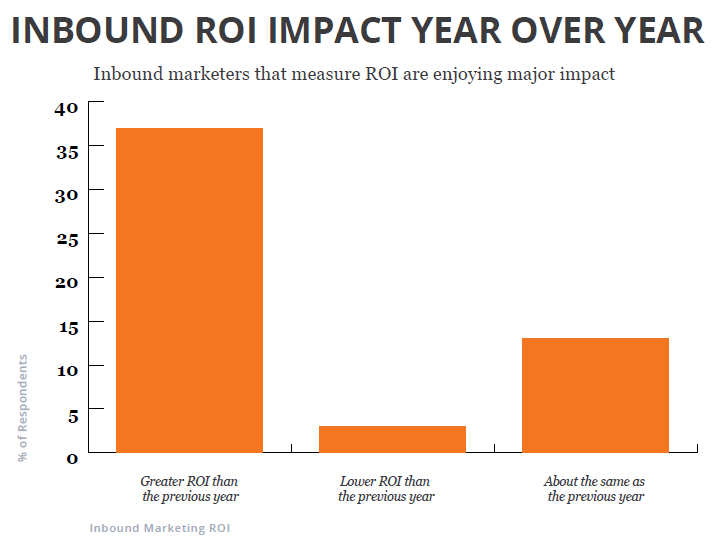
What this means for events:
It can be easy in the event world to simply focus on the end result; how many people attended, and how much profit did your conference make. The single most important metric that is now becoming increasingly important for Marketing teams is "Leads generated" and leads that meet the sales team requirement. By tracking it, you will be able to see how hard LinkedIn works for you, if it is worth having an SEO strategy, whether or not it makes sense to host a webinar, participate in trade shows or take part in any other inbound activity. There shouldn’t be any guesswork involved, and as an event marketer you’re in the fortunate position to be able to make tangible comparisons between events.
So what’s the state of your event inbound marketing?
If you’re just starting out, this post is a perfect beginner’s guide of everything to bear in mind. If you’re already active on the inbound front then it serves as a useful reminder to re-evaluate what you’re currently doing, and look at how it compares to your initial plan. Think of these as the four pillars of the methodology, and then apply them to your event marketing – there’s no one-size-fits-all for event companies, so tailor your approach.
Download the HubSpot's ‘The State of Inbound’ report now, it is packed with lots of data and insight.






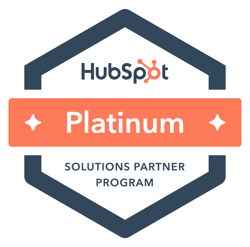
Do you have any comments?